Which high-end premium compact system camera offers the most for your money? We compare three of the best currently on the market in this Sony a6500 vs Fuji X-T2 vs Panasonic GX8 comparison
There’s a lot of choice within the compact system camera market at the moment, which is great for consumers, but it can also be a little confusing. We take a look at three of the best compact system cameras currently available to pre-order or buy, to decide which could be the best choice for you.
Sony a6500 vs Fuji X-T2 vs Panasonic GX8: Sensor
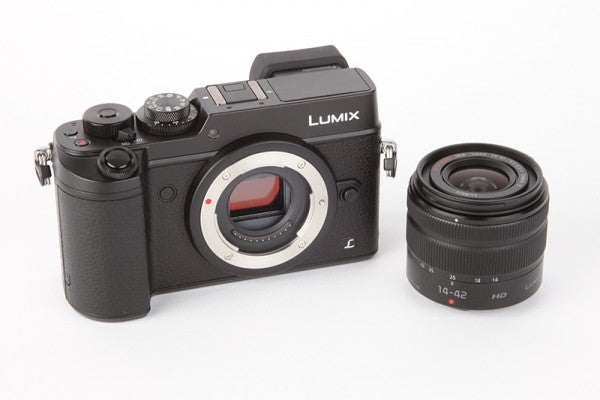
Both the Sony and the Fuji have larger APS-C sized sensors than the Panasonic’s Four Thirds offering. The Fuji and Sony are also higher resolution at 24.2MP (Sony) and 24.3MP (Fuji). By contrast, the Panasonic has a 20.3MP sensor. The benefit of having a larger sensor is generally better performance in low light, but the benefit of having a smaller sensor is that the whole system can be smaller – so lenses to fit a Panasonic system are much more compact than anything for Fuji or Sony.
Sony a6500 vs Fuji X-T2 vs Panasonic GX8: EVF and Screen
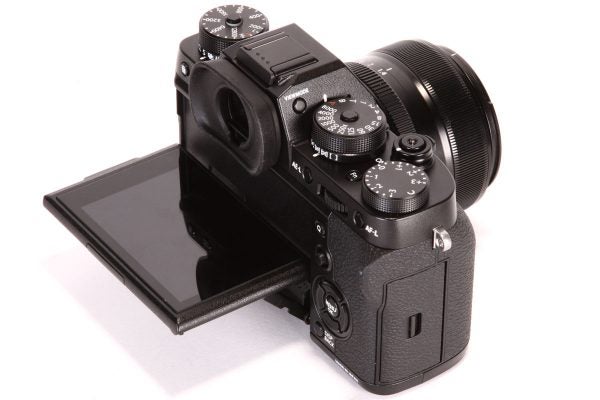
Like on the X-T1, the screen tilts upwards and downwards
All three of the cameras have electronic viewfinders, which is great news for those of us who like to compose images in a traditional manner. The GX8 has an extra trick up its sleeve in that it can tilt, making composing from all manner of awkward angles easier, meaning you don’t have to rely on the screen.
That said, the Panasonic’s screen is also fully articulated, which is also very useful. Both the Fuji and Sony screens are tiltable, which is handy, but not quite as beneficial for every position you might wish to shoot from.
Sony has finally relented and included a touch-sensitive screen for the a6500, deciding perhaps that enthusiast photographers do use them after all. With it you can set the autofocus point, even when using the viewfinder – something you can also do with the Panasonic GX8. Only the Fuji doesn’t have a touchscreen, which is a shame, but is somewhat compensated for by the AF selection point joystick, which is easy to reach and find when you’re using the viewfinder.
Sony a6500 vs Fuji X-T2 vs Panasonic GX8: focusing
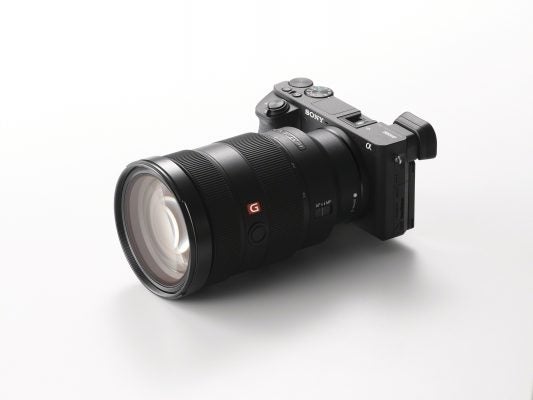
The a6500 boasts the “world’s fastest” focusing system, with just a 0.05 acquisition speed. It’s also got the highest number of points in the world, with 425 phase detection points littering the sensor. By comparison, the Fuji has a 91-point Intelligent Hybrid AF system, which the Panasonic GX8 has a 49-area contrast AF system with depth from defocus technology.
In practice, all three of the cameras are very good at focusing, but it is the Sony that edges it in terms of speed and overall frame coverage.
Sony a6500 vs Fuji X-T2 vs Panasonic GX8: controls
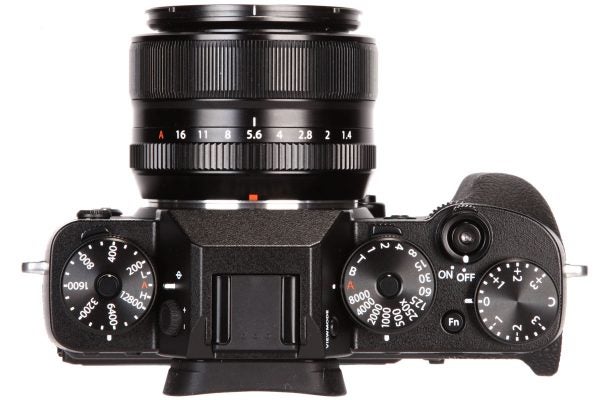
The top-plate hosts ISO, shutter speed and exposure compensation dials
You want using any of these high-end cameras to feel easy, natural and normal. In terms of direct access buttons and dials, it’s the Fuji X-T2 which is the clear winner with its retro-styling which includes shutter speed, ISO and exposure compensation dials. There’s also an AF joystick, while most lenses have an old-fashioned aperture ring.
The Sony a6500 also has quite a few dials and controls, and the good thing here is that most of those can be customised to your particular way of shooting. It’s a similar situation with the Panasonic GX8, which features an exposure compensation dial, and a range of buttons and dials which can be set to how you like to use them .
Sony a6500 vs Fuji X-T2 vs Panasonic GX8: frame rate
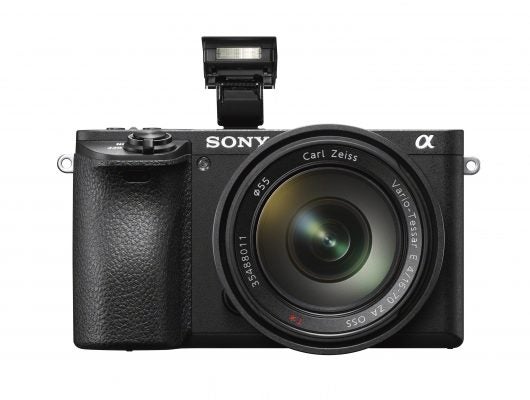
It’s the X-T2 which comes out on top here, with a top frame rate of 14fps, which can be used for up to 42 frames (JPEG) before the buffer fills. On the other hand, with a buffer depth of 307 shots (also JPEG), the Sony’s 11fps may actually be a little more useful in real scenarios. The Panasonic GX8 offers 8fps, but you can take advantage of 4K Photo modes to shoot at 30fps if you prefer – but bear in mind that you can only extract 8MP JPEGs when using this mode.
Sony a6500 vs Fuji X-T2 vs Panasonic GX8: memory cards
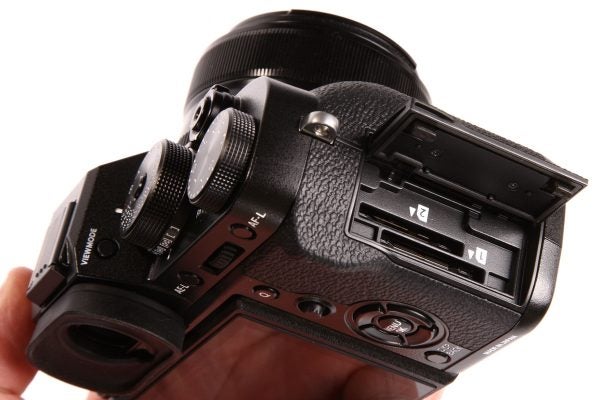
Both of the twin card slots support the UHS-II standard
Both the Sony and the Panasonic cameras have just a single SD card slot, which supports the slower UHS-I format of cards. That makes the Fuji the very clear winner here, as it not only has dual slots, but both of the slots are compatible with the faster UHS-II type cards.
Sony a6500 vs Fuji X-T2 vs Panasonic GX8: stabilisation
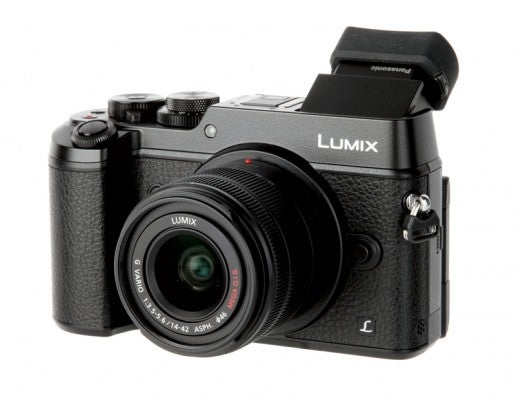
Unfortunately, the Fuji has no image stabilisation in the body of the camera itself – however many of the XF lenses have it. By contrast, both the Panasonic and Sony cameras have in-camera image stabilisation, with the Sony having 5-axis OIS which is said to offer up to 5 stops of exposure compensation.
Sony a6500 vs Fuji X-T2 vs Panasonic GX8: video

The X-T2 gains a 3.5mm stereo microphone socket
All three of the cameras feature 4K video recording, with the Panasonic camera utilising this ability to bring Post Focus and 4K Photo Modes.
Sony a6500 vs Fuji X-T2 vs Panasonic GX8: battery life
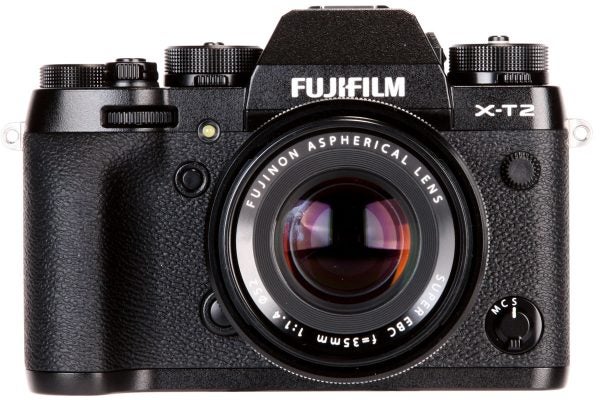
From the front the X-T2 looks very like its predecessor, but the top-plate dials are deeper
The three contenders are reasonably well matched when it comes to battery life. The Sony manages 310 shots when using the EVF, or 350 shots if you use use the screen. The Fuji lasts for around 340 frames, while the Panasonic maxes out at about 330 shots. With any of these cameras you’re likely to want to invest in a second battery if you’re someone who likes to shoot a lot of photos in any given day.
Sony a6500 vs Fuji X-T2 vs Panasonic GX8: dimensions and weight
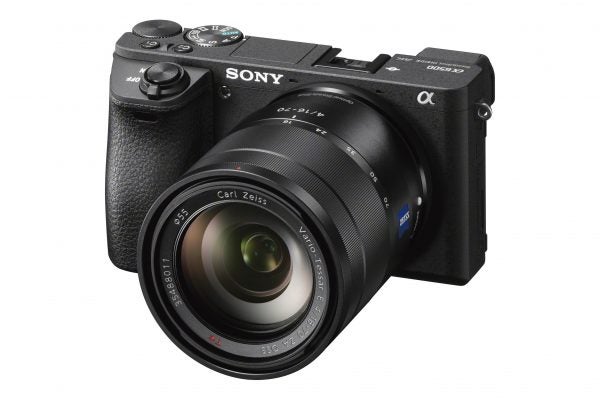
The Fuji and the Panasonic cameras are reasonably matched in size and weight, with the Panasonic being just a touch lighter. Meanwhile, the Sony is very definitely the smallest, while also being the lightest on offer. As previously mentioned however, once you start pairing the Sony camera with lenses, the overall size and weight will be more than the Panasonic’s.
Sony a6500 vs Fuji X-T2 vs Panasonic GX8: price
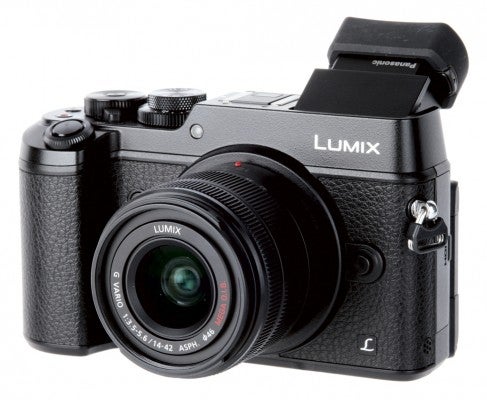
In terms of value for money, the GX8 is a very attractive proposition. It may not be quite such a high performer as the X-T2 or the A6500, but it’s available at the moment for just £769 (body only). That’s quite a stark contrast to the Sony’s £1499 body only pre-order price, or the X-T2’s £1399 body only price.
Read more:




